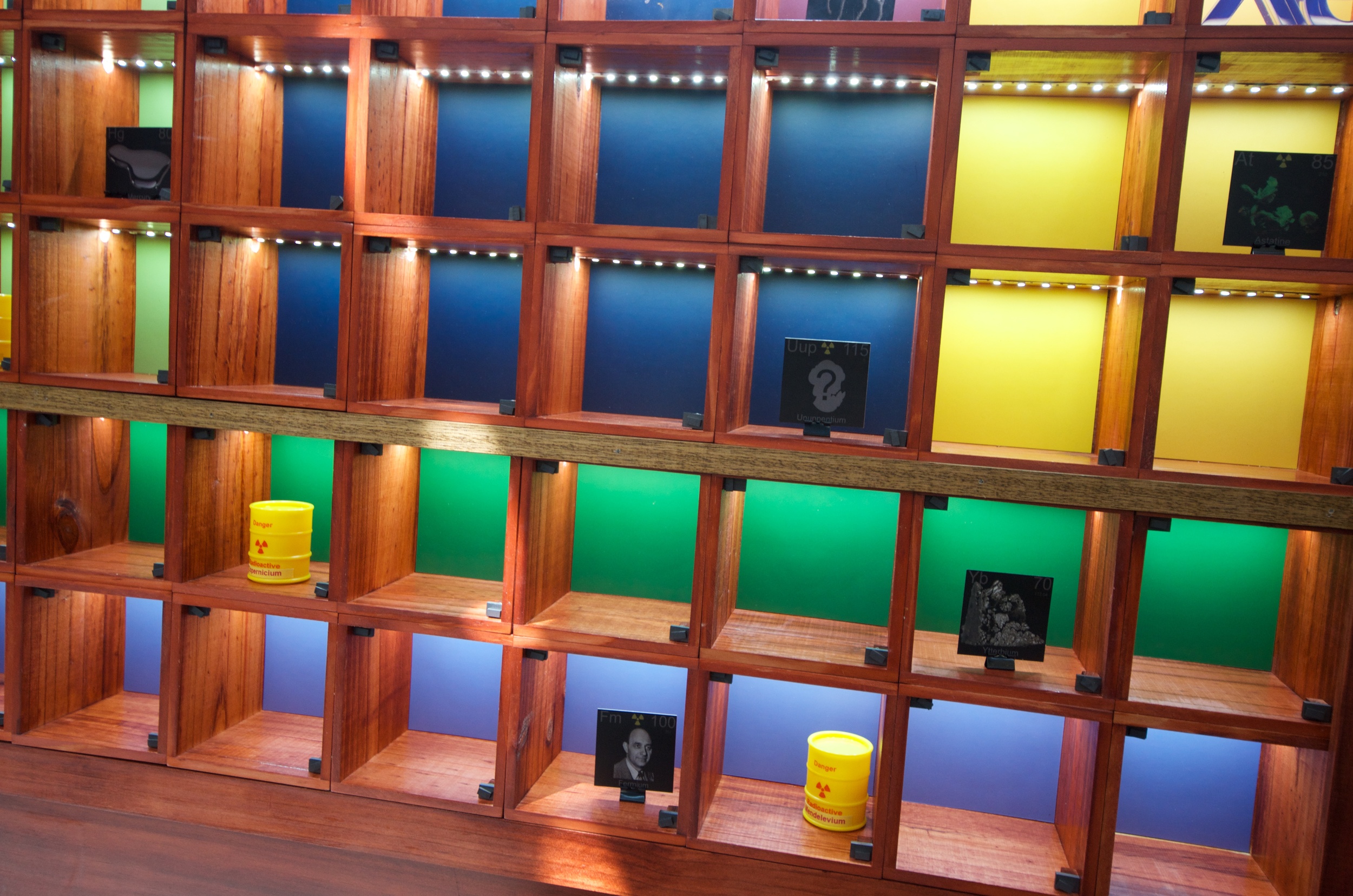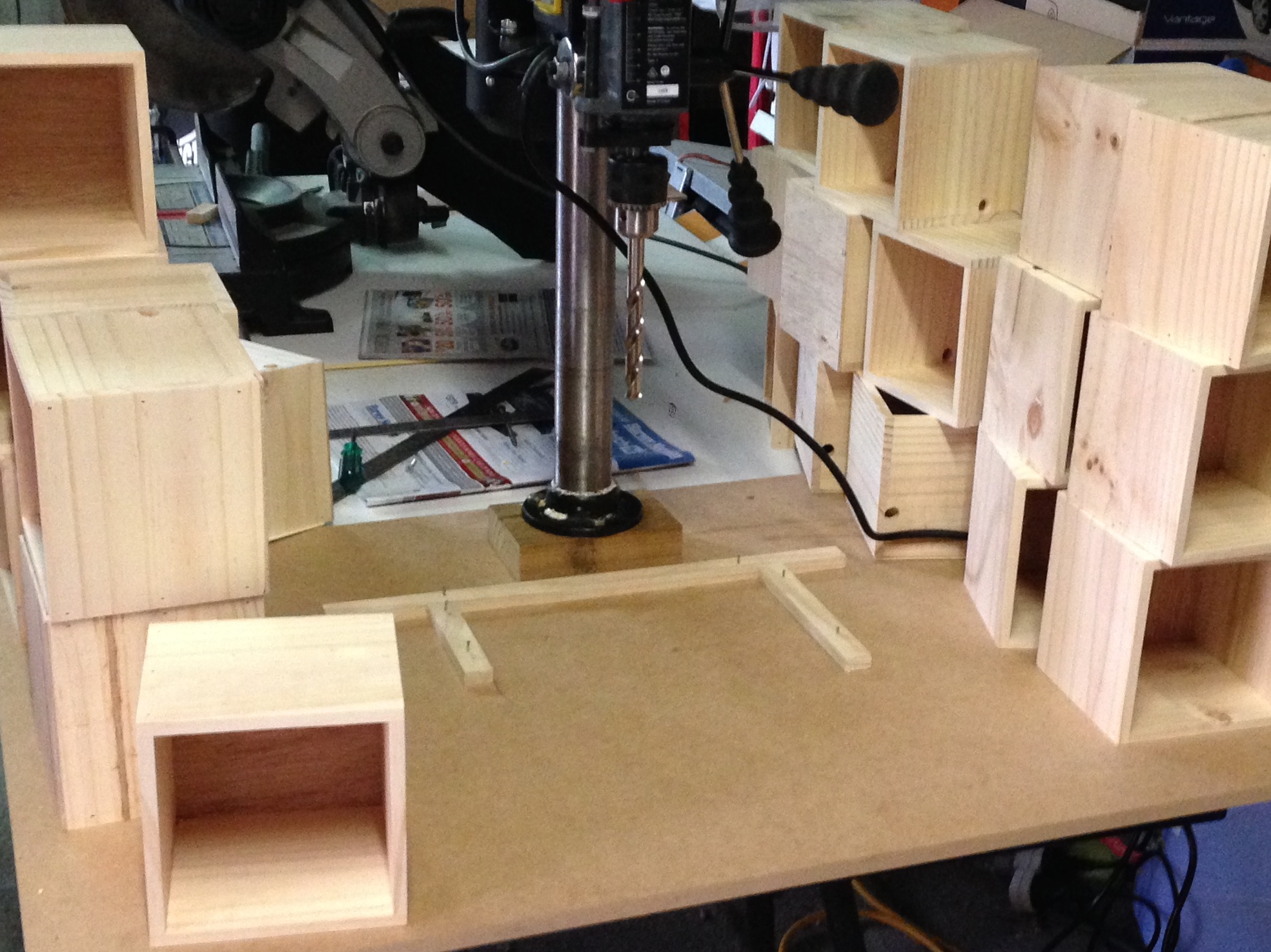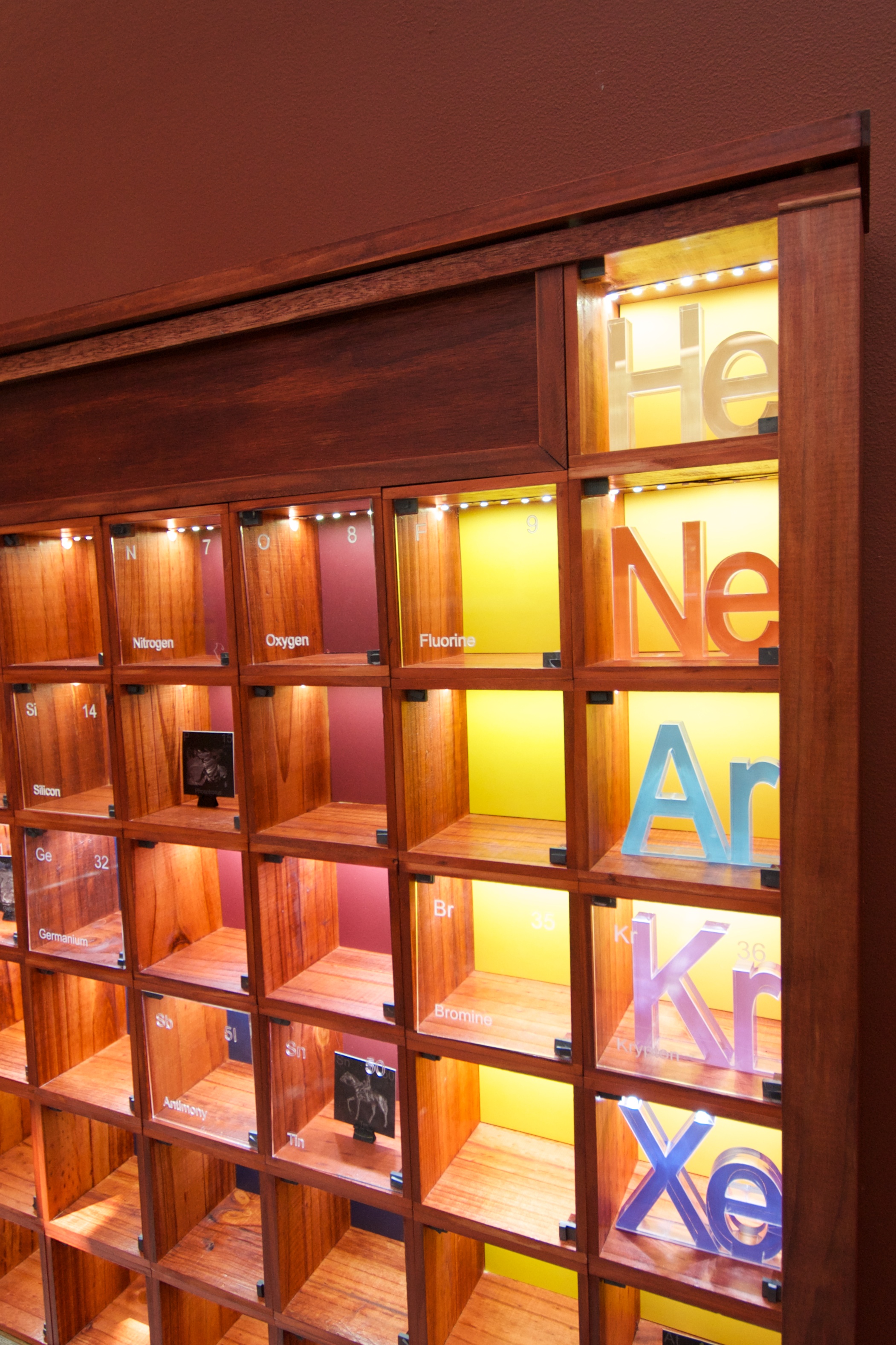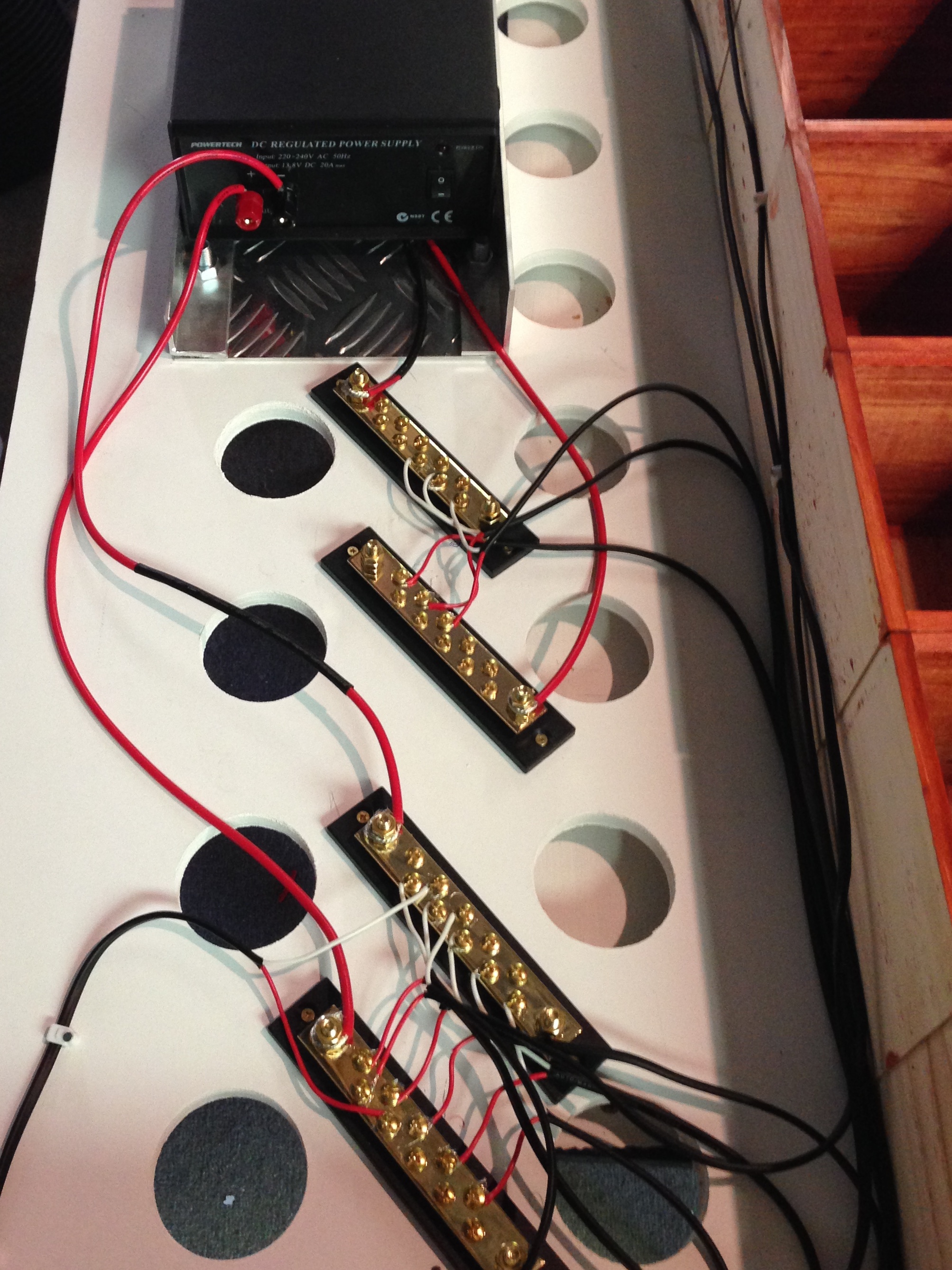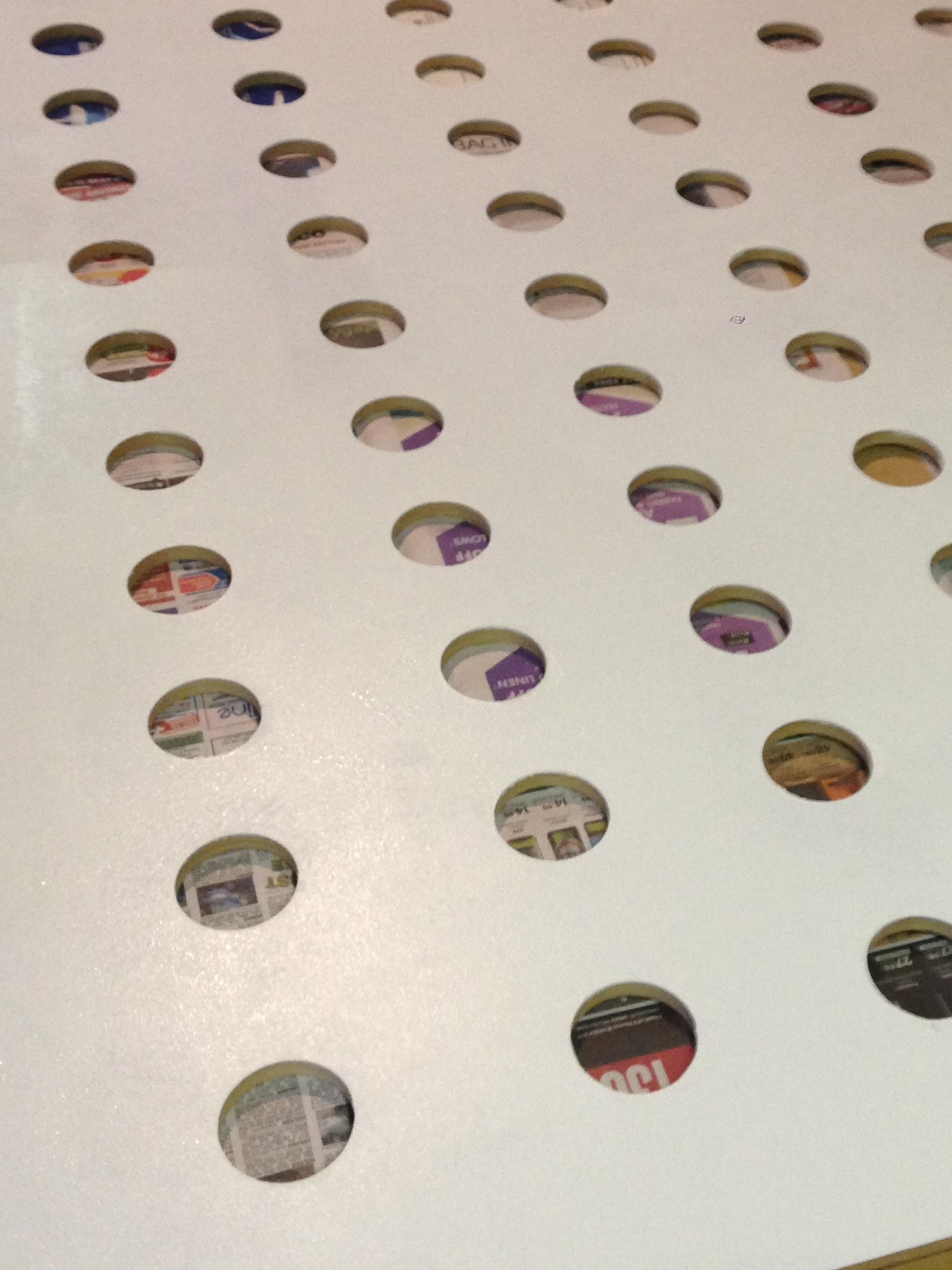Ask the average adult to describe a school and you are likely to get similar responses. There will be a focus on the places and spaces in which their education occurred, the teachers who taught, the rows of desks, the daily schedule of classes and breaks. They may reflect on the subjects they enjoyed and those they didn’t. If you asked the same question of your typical octogenarian the response would be similar and if you could travel back in time you would receive a similar response from those whose experience of school would not include electric light. It makes you wonder what makes a school and what might a school be like?
Karl Weick the organisational theorist wrote in 1976 an article titled ‘Educational organizations as loosely coupled systems’ in which he asks the questions ‘Why do all educational organisations look the way they do, and why do they all look the same?’ He suggests that the common structural and organisational elements in schools are not a result of the true task of education but a consequence of the certification and registration process. The implication being that if schools were designed to best serve their fundamental task they would look different and there would be differences between schools as a result of their intentions and purposes.
The unflattering description of the physical layout of most schools reveals much in common with factories. Raw product enters at one end, is acted upon through set processes and at the opposite end of the factory processed products exit ready for the workforce. Along the way the child learns how to fit into society, how to complete core tasks required for dutiful citizenship and is presented with the knowledge of content expected of an educated person. Pink Floyd’s gruesome portrayal of a school as a production line for humans resonated with its audience not only for its gore but also its metaphorical accuracy. Thankfully schools have a greater calling and are moving away from this archaic model.
The modern classroom is a space full of light and colour, with flexible furnishings and a degree of comfort not present in the classrooms many adults recall. Students are encouraged to take charge of the space and arrange its physicality to meet their needs. Design decisions are based around engagement, creativity, expression, imagination and an understanding of education as an active process that the student chooses to engage with. So important is the physical space that authors and architects for education OWP/P published a book titled ‘The Third Teacher’ as a tome for anyone wishing to enhance the effectiveness of their learning spaces.
In this classroom you will likely find the teacher located somewhere amongst the students. The role of the teacher is transforming from the deliverer of content and enforcer of behavioural norms to one of facilitator of learning. Learning as an educational term is under re-evaluation as the profession and society considers what it means to learn. Once defined through connections to the recall of facts and the application of formulas and methods, learning is now seen through a wider lens. Learning is a process that you must learn to do, a process that involves imagination, problem finding, questioning, design thinning, collaboration, reflection and knowledge creation. The modern teacher is skilled in enabling dispositions, attitudes, habits of mind and thinking skills within their diverse learners. A successful lesson will be one that generates a new list of questions, not a set of answers.
The students in this classroom are adept at asking questions but they do not expect easy answers and they do not rely on their teachers to be the source of their learning. They approach their learning with a sense of possibility and openness that the students in the Pink Floyd clip have had beaten out of them. They should experience a learning system that encourages creativity and prepares them for a world that will value them for their ability to find problems and solve them in unique ways.
What might the school day be like? The ever creative Finns are exploring a model of learning that does away with traditional subjects. Students instead of discretely studying mathematics or language will explore themes with opportunities to develop a wide mix of dispositions and skills around the exploration of central ideas. This model of themed learning is described as having more in common with how individuals learn outside of a school-based setting where they operate within a group to explore a set of closely linked ideas and find solutions to the problems they encounter along the way. Such a change will bring with it fundamental adjustments to the timetabling of the school day, the structure of schools around faculties and the compartmentalisation of knowledge that comes with this. The skill set of the art teacher, the mathematician, the scientist and the language specialist will be combined around a central theme with the students benefiting from the sharing of knowledge that this model creates as their teachers collaborate.
If the process of modernising schools identifies a clear intent for schools with an equally clear model for how this is best achieved will schools still all look the same? Will a shift from schools as factories for the fodder of the industrial age workforce to a focus on the production of creative problem finders and solvers produce a greater variety of schools? Will Weick see a diversity of organisational structures? As we shift from the one-model fits all system of the past to a new model that celebrates flexibility and individuality will this be reflected by a diversity of school systems that follow? Will there be a common experience of school in the future or will the loosely connected structures, tasks, intents and people of a yet to be invented educational model centred on the networked individual even form an organisation that we can meaningfully refer to as a school?
By Nigel Coutts






